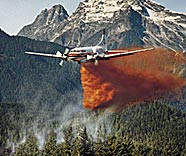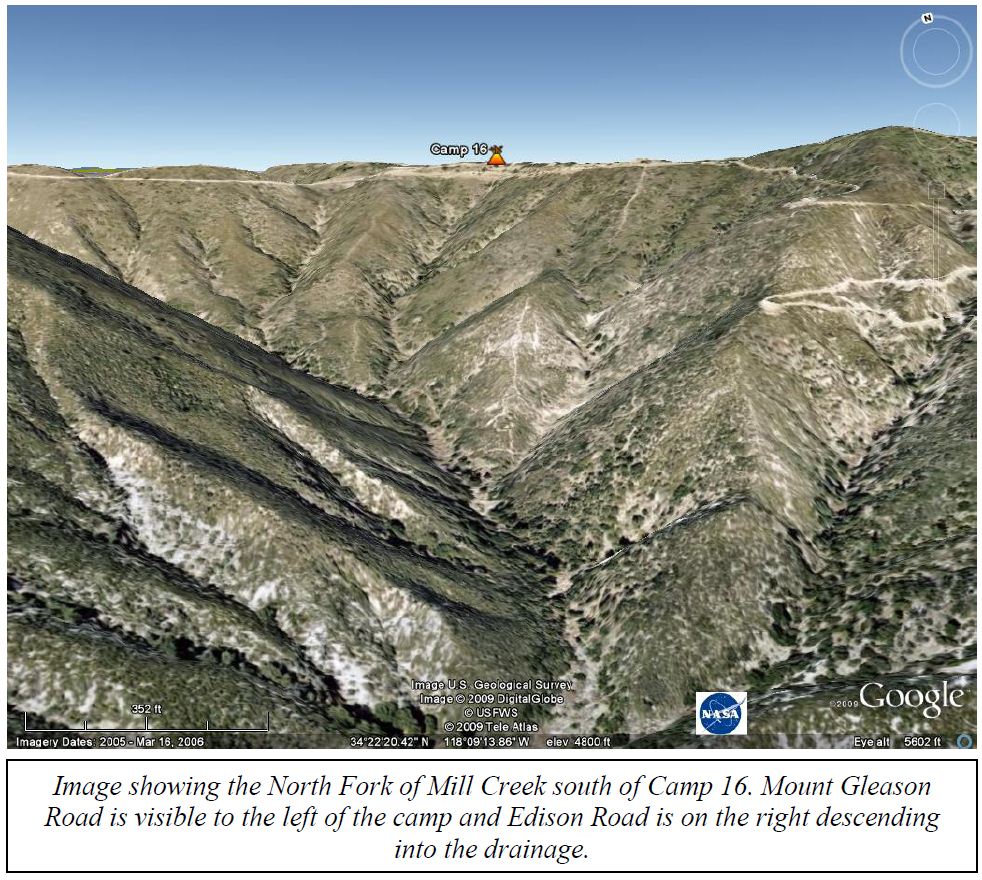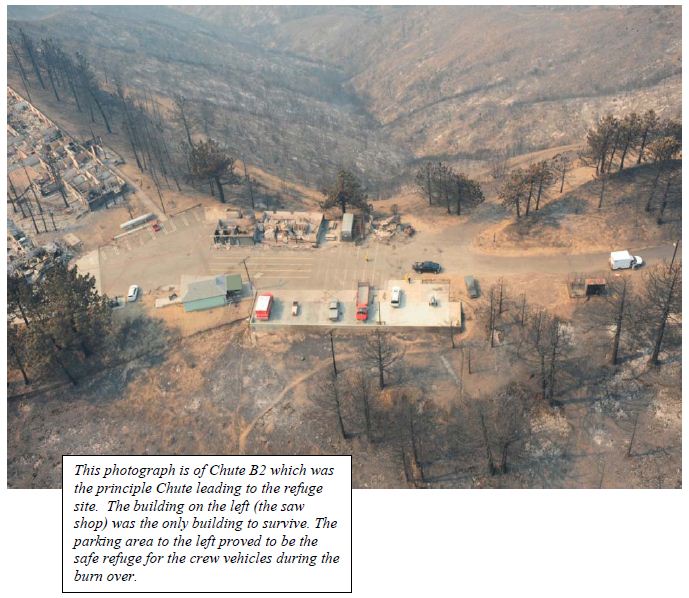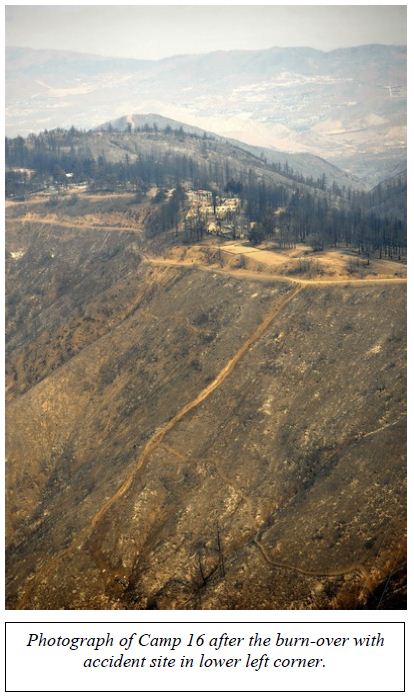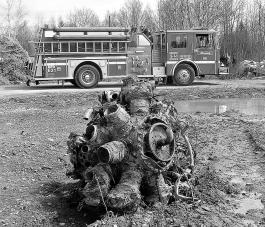The Oregonian newspaper reports that seven of the families of the firefighters that were killed and three that were injured in the crash of the helicopter on the Iron 44 fire in 2008 have reached a tentative settlement in various lawsuits.
On August 5, 2008, a Sikorsky S-61 helicopter crashed as it was taking off from a helispot on the fire in the Shasta-Trinity National Forest in northern California. Nine were killed, including a pilot, a check pilot, and seven contract firefighters with Grayback Forestry.
An attorney representing some of the families said a tentative agreement has been reached with Carson Helicopters, Columbia Helicopters, and the U.S. Forest Service, but the dollar amount is still being finalized. No agreement has yet been reached with Sikorsky, the manufacturer of the helicopter, or General Electric, which built the engines.
The Oregonian reports that the families of Roark Schwanenberg, the pilot who died, and Jim Ramage, a Forest Service check pilot, as well as surviving pilot William Coultas, did not reach settlements with any of the five defendants.
A contributing factor in the crash may have been the weight of the helicopter as it attempted to take off from the helispot with the ten firefighters, tools, two pilots, and one check pilot. In their report, the National Transportation Safety Board estimated that the actual empty weight of the helicopter was 13,845 pounds, while Carson Helicopters stated in their contract proposal that the weight was 12,013 pounds. For the purpose of load calculations on the day of the crash, the pilot assumed the weight to be 12,408 pounds, which was 1,437 pounds less than the actual weight estimated by the NTSB. In addition, the manifest for that fatal flight calculated that the payload was 2,355 pounds, while the NTSB report estimated that the actual payload was 3,005, a difference of 650 pounds. So the actual total weight of the loaded helicopter as it attempted to take off from the helispot may have been 2,087 pounds heavier than anyone at the fire realized, according to data in the report.
After the crash, the U.S. Forest Service weighed the 10 Carson helicopters that were under contract. They found that seven of them were heavier than Carson had stated in their contract proposals, by an average of 490 pounds. The USFS later canceled their contract with Carson.
In 2009 Carson obtained a contract to supply seven Sikorsky S-61 helicopters to haul supplies for the U. S. military in Afghanistan. The company is partnering with a subsidiary of Blackwater Worldwide, which recently changed their name to “Xe”.
Killed on the Iron 44 incident were pilot Roark Schwanenberg, check pilot Jim Ramage, Shawn Blazer, Scott Charlson, Matthew Hammer, Edrik Gomez, Bryan Rich, David Steele, and Steven “Caleb” Renno. Injured were William Coultas, Richard Schroeder Jr., Jonathan Frohreich, and Michael Brown.
The Wildland Firefighter Foundation has a tribute page online [HERE] and CALFIRE has one [HERE].

